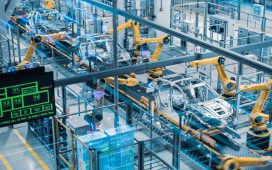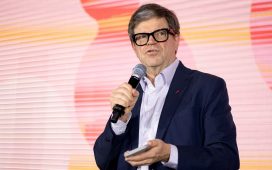
Anyone who works outside of a major city, or has ever tried to get work done while on a trip to a more rural location, knows that rural connectivity can be patchy.
Despite the UK’s high population density and relative lack of difficult terrain, rural connectivity remains an uneven picture. Many rural businesses are still struggling to receive fiber optic cables, let alone leverage 5G signals to keep up with the demands of modern business.
Is UK connectivity improving? And how far have we still got to go?
In this episode, Jane and Rory speak to David Happy, non-executive director at JET Connectivity and non-executive chairman for transport at Wales Fiber, and Colin Wood, innovation lead at Dorset Council, to better understand the state of rural connectivity in the UK.
Highlights
“I think people are trying to think about some form of improvisation strategy, much like Korea had something that is a long term, not 20 minutes, but 20 years, looking sensibly a sustainable future. So we can get the UK involved in standards, we can look at the optimal spectrum solutions, we can play an active part in AI and all the other developments that are coming forward. And we can use the natural creativity of these islands to do great stuff in agritech, as we’ve been doing in Dorset.”
“You need to have an interesting job that’s going to occupy you is going to make the use of the skills that you’ve learned during your education. And we’re trying to make some changes around that, you know, trying to change the focus of the Dorset economy from one that’s built around, perhaps agriculture and tourism, to one that’s built around the idea that you can run a successful business that’s innovating and producing niche and boutique products and services, because if you have the digital infrastructure available to you, you can do that from anywhere, essentially.”
“I think we always have to have hope. But I would go back to the point that many – the majority – of people who live in rural locations like Dorset, certainly in Dorset, don’t have full fiber. Many of them don’t even have very good copper provided connectivity. And that needs to change.”












